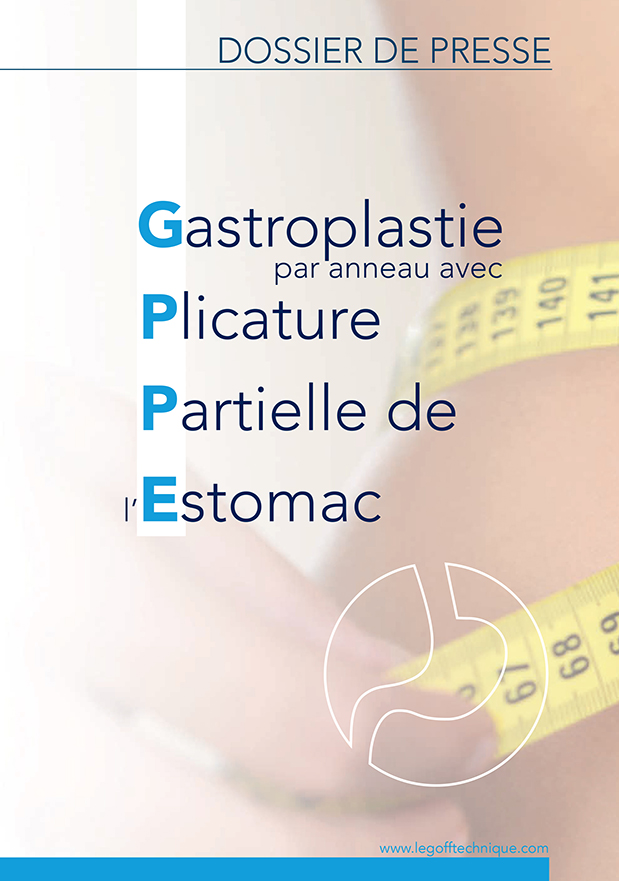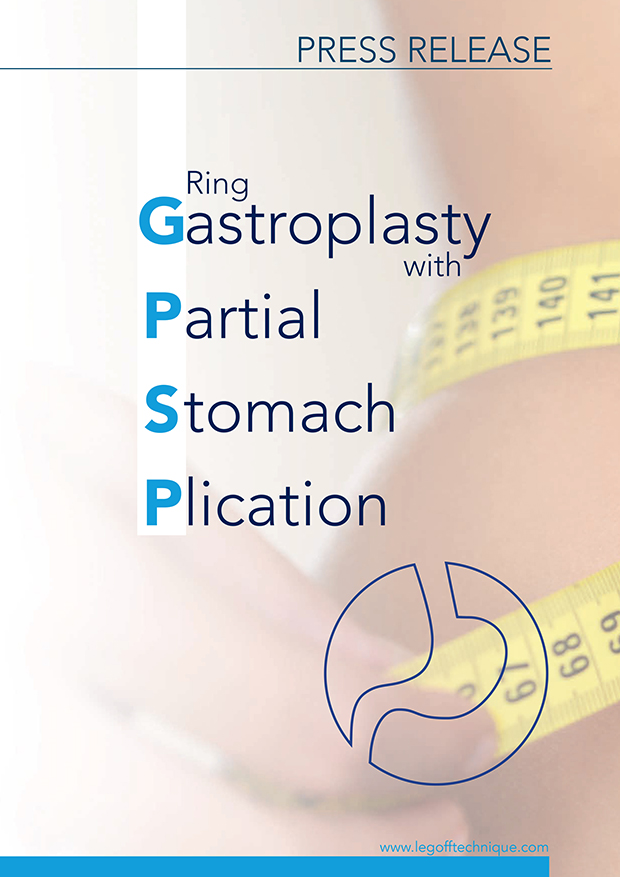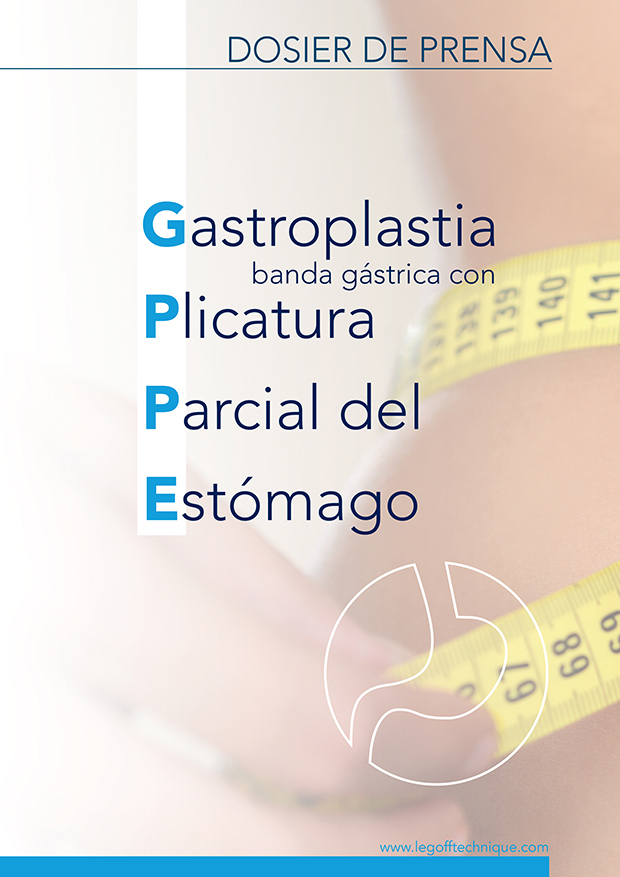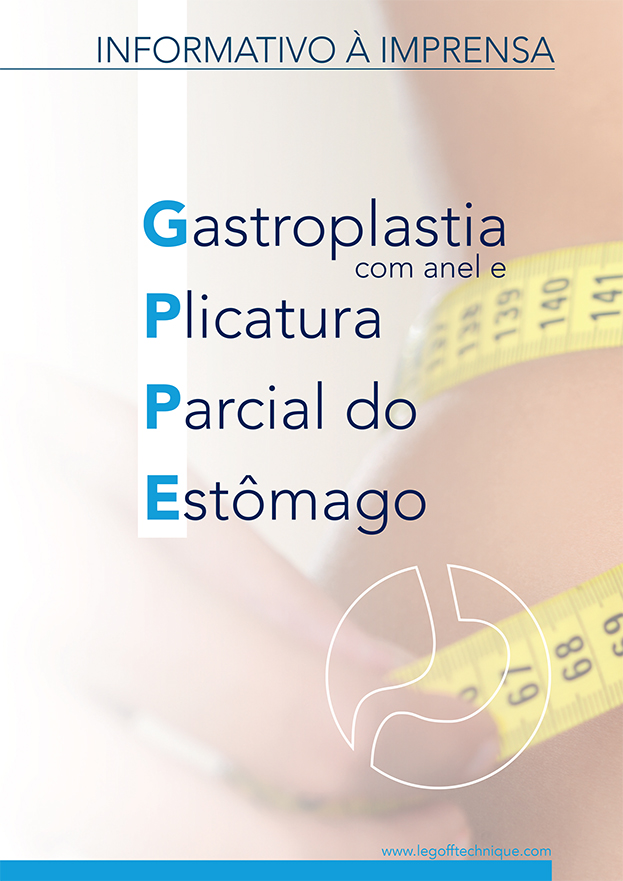What follow-up after obesity surgery?
Dr. Le Goff - Obesity surgeon in Paris
le goff technique
What follow-up after obesity surgery?
Post-operative follow-up remains a major issue in obesity surgery. This is the conclusion every year and recently by the National academy of surgery and work by the French society for obesity surgery and metabolic diseases (SOFFCO-MM).
A few weeks ago, the Academy recalled: obesity surgery is not inconsequential (mortality, complications, deficiencies). In seven years, the number of patients suffering from morbid obesity has tripled: 47,000 operations in 2014, four times more than in Germany or the United Kingdom. Despite this growth, follow-up care for patients undergoing bariatric surgery remains all but forgotten in treatment.
Medical, nutritional and psychological care remains absolutely necessary and fundamental. Surgery, whatever method is used, radically modifies the way food is eaten, absorbed and digested. Believing that, after an operation, one can continue to eat the same as before is a fatal error. Patients need to learn to eat again, reduce the portions and change their bad eating habits into healthier nutritional practices. Briefly, if patients continue to wolf down sugary drinks after obesity surgery, this means that the psychological aspects have not been dealt with and, after many years of experience, I know that this is 80%-90% responsible for the disease. So, there is a high risk of regaining weight after losing the initial excess weight. Moreover, techniques such as the gastric sleeve and especially bypass surgery are malabsorptive methods: they lead to serious side effects in the form of deficiencies in vitamins and trace elements.
Follow-up – key to long-term success
Close monitoring of the patient is therefore an essential aspect in long-term success. As the Academy of surgery recalls, in sleeve and bypass surgery, patients are rarely monitored beyond two years.
Why is this? Often, specialists simply lack the time to follow-up on bariatric patients. Nutritionists are insufficient in number or insufficiently paid for long consultations, with few technical measures. As for the other specialists, follow-up consultations are not reimbursed by the social security. Finally, and just as importantly, these “forgotten” patients tend not to keep up their efforts over time. They regain weight, become unhappy and depressed and do not dare return to see the surgeon, especially for sleeve and bypass procedures.
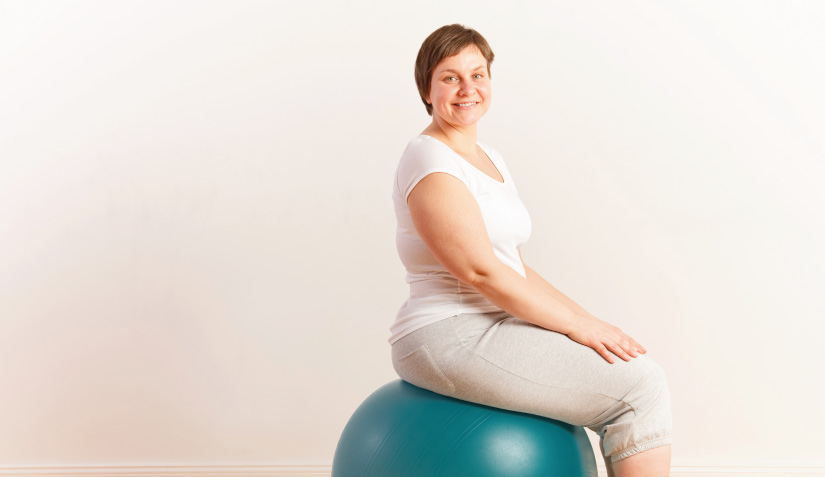
The CNAO (French National Association for the Obese), in collaboration with the SOFFCO and the National Academy of Surgery, published a white paper on the issue to help patients and doctors build this type of sustained relationship. Among the working group’s recommendation were the need to focus on therapeutic education and the creation of obesity houses. They also propose vitamin prescriptions, and that long-term psychological treatment be reimbursed by health insurance.
I have always believed, for 20 years, that the success of the surgery was conditional on monitoring: follow-up and surgery are the two legs of the same body to move towards sustainable weight loss. Every year, I note with pleasure the increasing number of specialists who agree with my opinion.
This is also one of the reasons the innovative obesity surgery technique that I developed, the Le Goff Technique, has such excellent results. The multidisciplinary monitoring of the patient is a cornerstone, both before the operation to prepare the patient for what is to come, to understand the psychological factors, 80%-90% responsible (I insist) for severe obesity, and after the operation to support the patient in their new life and ensure that the initial weight loss is long-lasting. Moreover, with my method, there are no deficiencies, so no need for a lifetime of vitamin supplements, essential and appreciable.
The unit, a “remote control” effective for follow-up
In the Le Goff Technique, simply and without going into the technical details of the surgery, the top of the stomach is folded over and fixed to the band, which kills four birds with one stone: preventing the band from slipping, reducing the size of the stomach without mutilation, stimulating the centres of satiety (patients don’t feel much or any hunger) and slowing the evacuation of the stomach, again without mutilation.
This method is reversible but it is also adjustable. The diameter of the band can be widened or narrowed to allow through more or less food. This is done using a small inflation/deflation unit placed under the abdominal muscles, deep under the skin, invisible and which, in radiology, I can use to inject more or less serum. With the natural phenomenon of osmosis, the band chamber will tend to take on liquid and its diameter will tend to increase. Patients sometimes call me to say: “Doctor, I’m finding it difficult to eat. I’ve lost too much weight. Can you loosen me up?” They are obliged to return for a consultation so that I can adjust the size of the band. This is an effective sort of “remote control” for monitoring patients every year.
Consequently, I continue to monitor several hundreds of operated patients, some over twenty years, who have never put the weight back on or needed to be re-operated. This is a medical follow-up of course, but it also includes an appointment if necessary with the specialist team (nutritionist, psychiatrist-psychoanalyst, family doctor, etc.). With my method, the operation of the band reflects the patient’s mental state. Patients are fully active in their weight loss, whereas with sleeve and bypass surgery, they are often just spectators.
